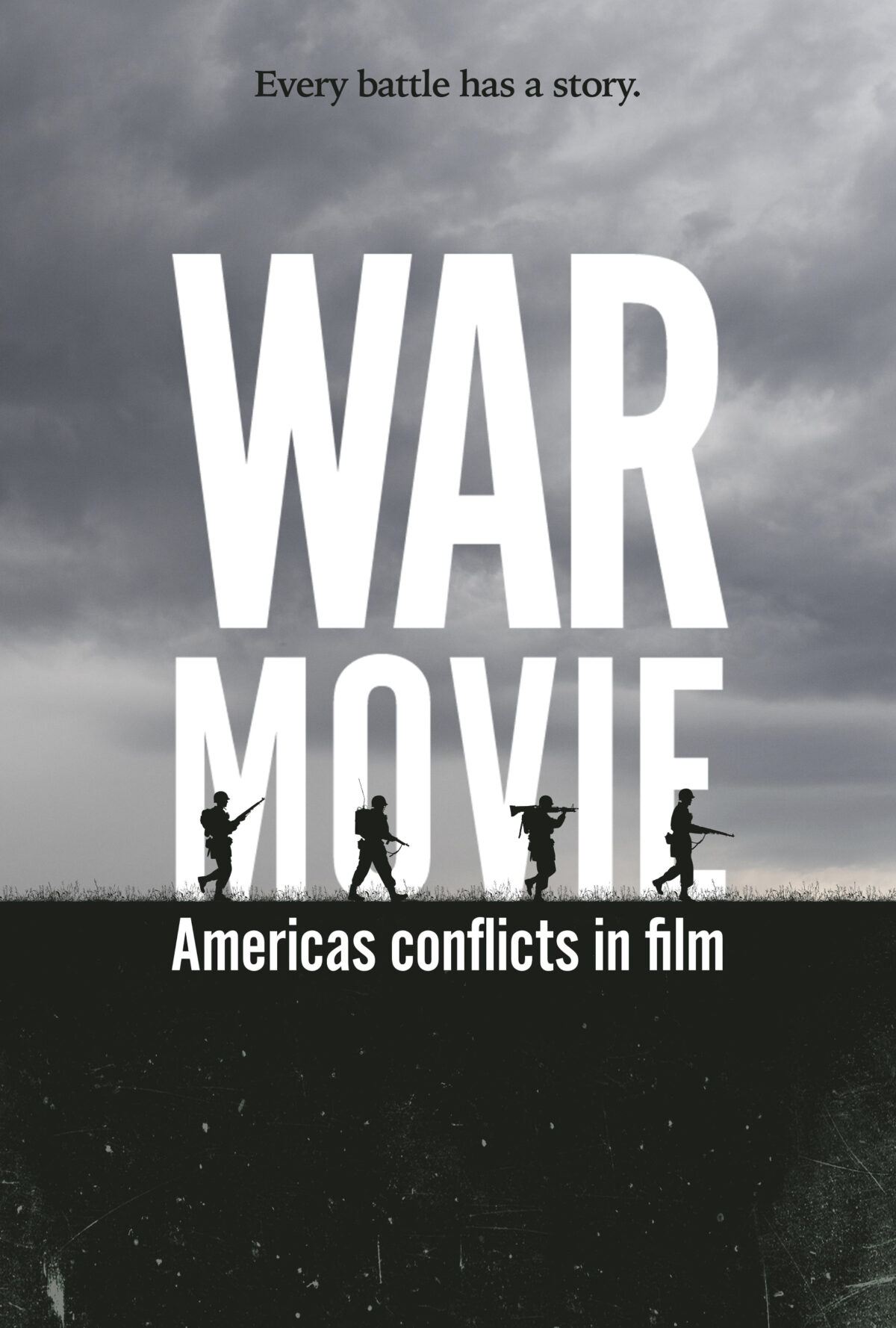War Movie: The American Battle in Cinema (on DVD and Blu-ray, five-part documentary, 315 minutes), Cantilever Films, written and directed by Steve Summers, $24.99–$34.99, 2023
What is a war movie? Is it a faithful restaging of an actual historical event? Or is it a fictional morality play set against a well-known historical background? Is it solely a story of a battle, of soldiers in combat? Or can it portray wider themes of war, such as the home front; veterans returning to the real world; or higher-level commanders far from the front lines wrestling with excruciating strategic and leadership decisions? Is a classic John Ford cavalry picture a Western, or a war movie, or both? What about war comedies? POW films? Science fiction films like Ender’s Game and Starship Troopers? As this fascinating five-part documentary series makes clear, a war movie can be all these things.
War films cast a long shadow over American popular culture of the last 100 years. Nineteen of the 95 Oscars awarded for best picture have gone to war movies, starting with the first such award, the 1927 silent movie Wings, and followed closely by All Quiet on the Western Front, in 1930. War Movie explores this film genre, starting with the earliest-known example, Tearing Down the Spanish Flag. This rather primitive and short silent movie made in 1898 was the start of the long line that runs in a very wide pattern, but straight to 2014’s American Sniper and 2019’s The Outpost.
The five-part series is organized chronologically: 1. “The Camera and the Gun, 1900–1938”; 2. “The ‘Good’ War, 1939–1949”; 3. “The Shifting Tide, 1950–1975”; 4. “Into the Jungle, 1976–2000”; and 5. “Brave New World, 2001–2020.” Interspaced between clips from many of the most influential war movies, the series offers commentary from noted film critics, film historians, and most important, technical advisers who have been real soldiers. Those advisers who know war up close and personal include retired Navy SEAL Kevin Kent and the legendary former U.S. Marine Corps Captain Dale Dye.
This compelling series ends with just as many questions as it answers: Can a soldier’s story be heard as a life of lived experience and not just another plot device? We can learn about what happened in the war; but then once we step out of the movie theater, what do we do about that? As viewers can we transcend these repeated storylines of conflict and violence and try to evolve beyond our own repeated history? Questions to ponder, indeed.





